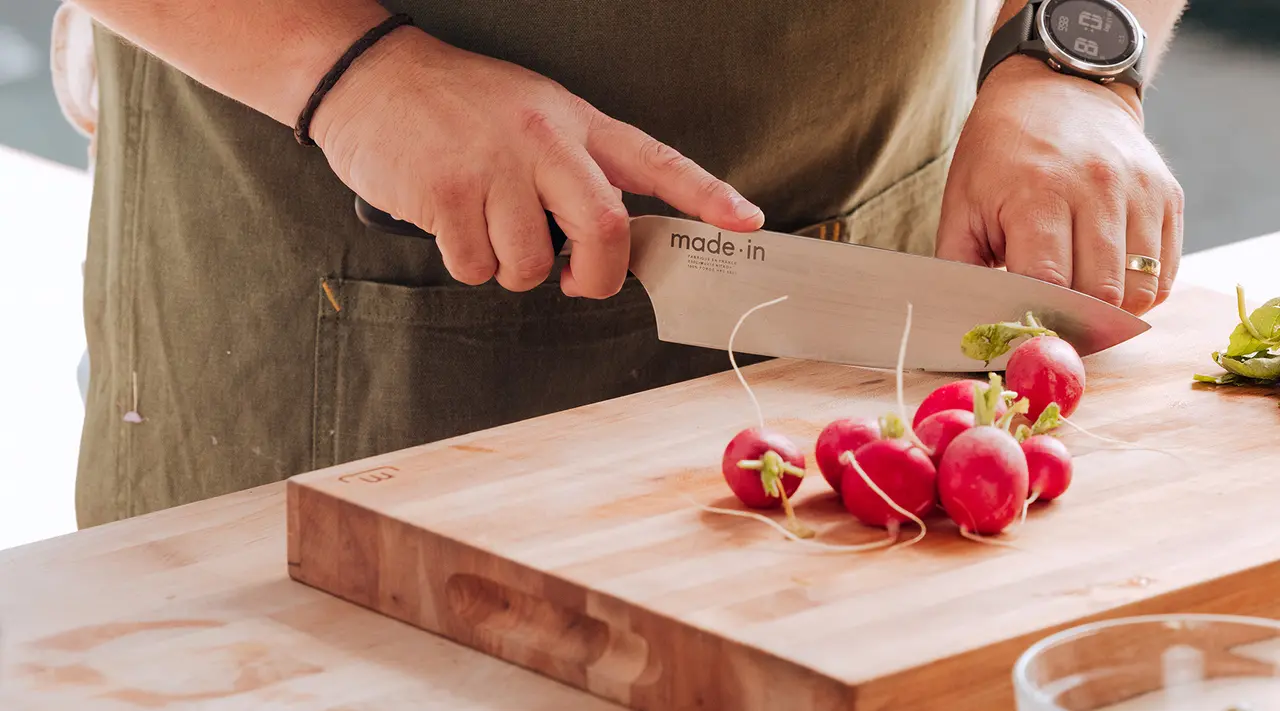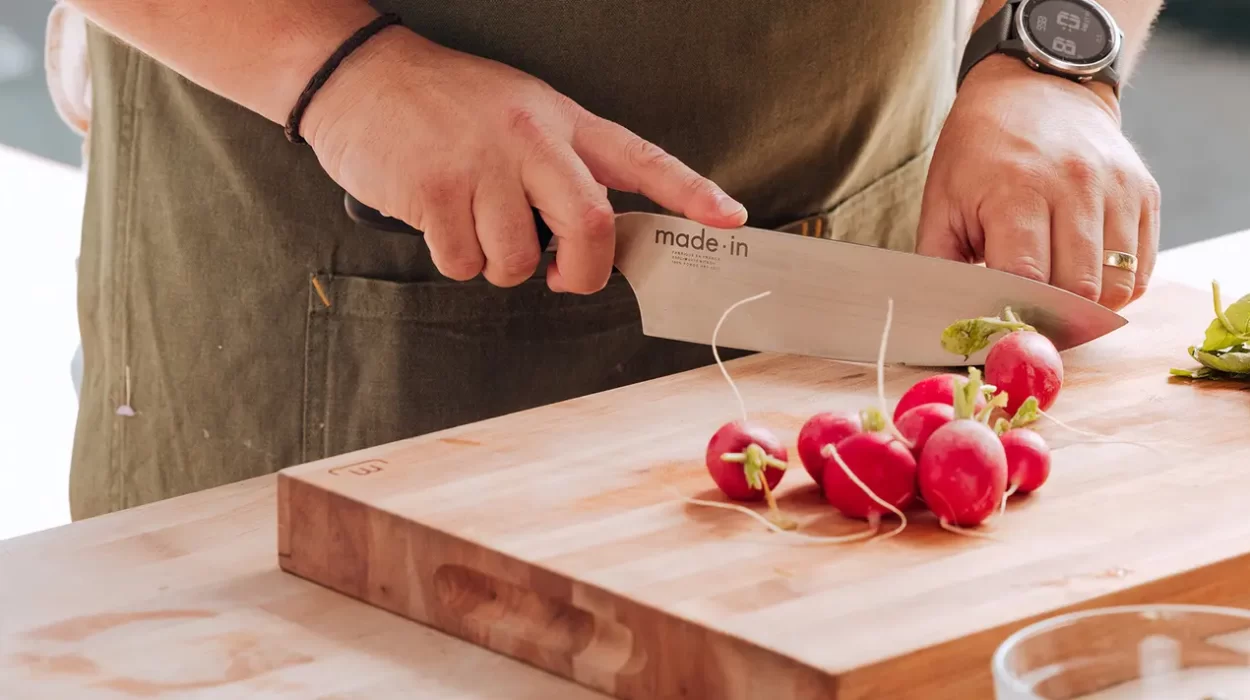Whether youre a professional chef, a culinary student, or a home cook, mastering how to cut properly with a knife is a valuable skill. The art of cutting goes beyond just preparing foodits about precision, safety, and efficiency. With the right techniques, you can save time, enhance creativity, and avoid injury in the kitchen.
This guide will walk you through the fundamentals of knife cutting techniques to help you become more confident in your use of this essential kitchen tool.

Why Knife Skills Are Essential in the Kitchen
Proper knife skills are not just for professional chefs. Knowing how to cut properly with a knife can make meal preparation quicker, ensure uniform cooking, and significantly reduce waste.
- Uniformity: Evenly cut ingredients ensure consistent cooking.
- Safety: Understanding correct techniques prevents accidental cuts.
- Efficiency: With practice, knife skills speed up prep work.
Choosing the Right Knife for the Job
Before learning how to cut properly with a knife, you must identify the correct type of knife for each task. Here are some examples:
- Chefs Knife: The most versatile knife used for chopping, slicing, and dicing.
- Paring Knife: Best for smaller, intricate tasks like peeling or slicing small fruits.
- Serrated Knife: Perfect for cutting bread, tomatoes, or delicate items.
Basic Techniques for Cutting with a Knife
Whether youre chopping vegetables or slicing meats, the techniques below are foundations for learning how to cut properly with a knife.
The Pinch Grip
This grip ensures better control of the knife. Pinch the blade between your thumb and forefinger while wrapping the remaining fingers around the handle.
The Claw Grip
To protect your fingers, create a claw by tucking your fingertips under while holding the ingredient with your knuckles. The blade should glide against your knuckles for guidance.
The Rocking Motion
Use a rocking motion when cutting. The tip of the knife should remain in contact with the cutting board as the back of the blade rocks up and down.
Cutting Techniques for Common Ingredients
Heres a breakdown of techniques for cutting commonly used ingredients:
Vegetables
Visit our useful guide on cutting vegetables to get step-by-step instructions for slicing, julienning, and dicing various veggies.
Pineapples
Learn more about dealing with tough fruits by checking our quick tips on cutting a pineapple.
Onions
Struggling with onions? Youll find a no-knife solution in this helpful link: cut onions without a knife.
Knife Maintenance for Best Cutting Results
Learning how to cut properly with a knife also involves keeping your tools in top condition.
- Keep your blade sharpnever use a dull knife.
- Regularly hone your knives with a honing rod.
- Wash knives by hand and store them in a knife block or sheath for safety.
Safety Tips While Cutting
Accidents can happen to even the most experienced cooks. Follow these safety tips to avoid injuries:
- Always cut on a sturdy, non-slip cutting board.
- Ensure your workspace is free from clutter.
- Keep knives away from the edges of counters.
Practice Makes Perfect
Practice your knife skills regularly. Begin with simple tasks, like chopping herbs, and move on to more complex techniques, such as cutting a whole chicken.
External Resources for Knife Cutting Techniques
Explore more advanced tips and methods for improving your knife skills with this resource from Simply Recipes.
FAQs
1. Whats the best knife for beginners?
A chefs knife is versatile and perfect for beginners learning how to cut properly with a knife.
2. Why is it important to sharpen my knife?
A sharp knife is safer and more effective than a dull one, as it requires less force to cut.
3. How can I practice knife skills at home?
Start by cutting soft vegetables like zucchini or cucumbers and steadily progress to tougher tasks like chopping butternut squash.

Conclusion
Mastering how to cut properly with a knife is an essential skill for anyone who spends time in the kitchen. By understanding proper techniques, choosing the right tools, and practicing regularly, you can enhance your safety and efficiency. Remember, the joy of cooking begins with the confidence to handle your tools effectively!
This article contains affiliate links. We may earn a commission at no extra cost to you.


